We guarantee performance — Our unrivaled expertise and managed service delivery assures proven results with less effort from your team.
The benefit of healthcare expertise
Choose healthcare’s most trusted AI-powered
voice & digital assistants.


25+ years at the forefront — IVR solutions & IVA solutions for health systems
We guarantee performance — Our unrivaled expertise and managed service delivery assures proven results with less effort from your team.
We have always believed that callers deserve friction-free, voice-driven access to the right resources inside the large enterprises they communicate with every day. Parlance empowers organizations to harness the power of voice and enables callers to speak naturally and connect quickly.

Connecting to a healthcare provider should be simple — Healthtech
Make your digital front door wide open and welcoming with the best balance of technology and human support

We improve caller satisfaction for HUNDREDS of hospitals and clinics across the United States.



Reducing call management costs for enterprises since 1996
Eliminate expensive operator workforces with intelligent automation

Over 80% of customers and employees use their voices to engage with Parlance self-service solutions.

The primary call management
solution for higher ed
Cut operational costs and get immediate ROI

Parlance drastically reduces call volume and minimizes labor costs for colleges and universities across the nation. Our modern interactive voice response solutions optimize your voice network and reduce your reliance on live operators.


The power of patient voice
Parlance is purpose-built to offload calls from healthcare switchboards
Want to improve patient experience? Fix the phone! — increase self-service, reduce operator burden, and lower costs with the safest, newest, industrial grade technology solutions.



Agents working at the top of their skillsets — Patient access contact centers
Handle increased call volume without additional hiring
Reduce agent burnout and create a happier, more productive work environment with better retention and lower operational costs.

AI SOLUTIONS FOR CLINICS
Improve patient and provider experience — make connecting with resources quick and painless

PARLANCE IS A NUANCE SPEECH ATTENDANT REPLACEMENT
We guarantee Parlance will outperform Nuance Speech Attendant
For over 25 years, organizations nationwide have depended on Parlance managed service solutions to transform enterprise directories into speech-powered tools.
Visionary organizations rely on Parlance every day to
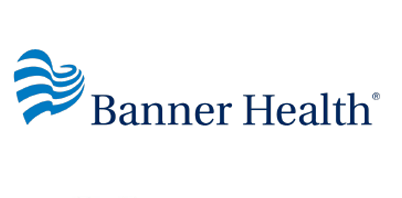
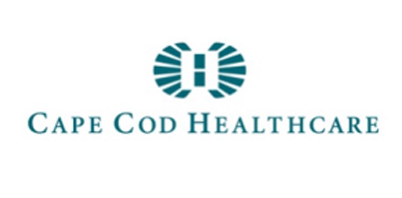


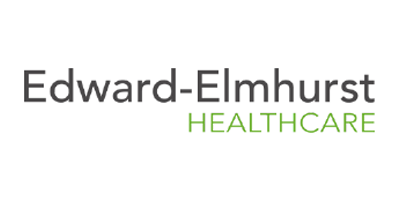
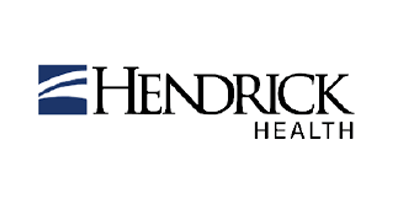

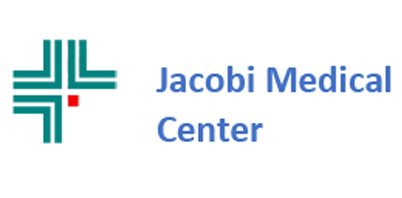
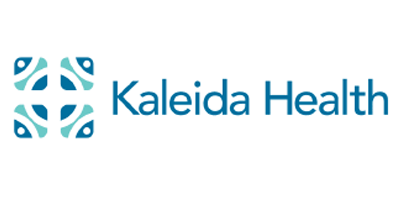
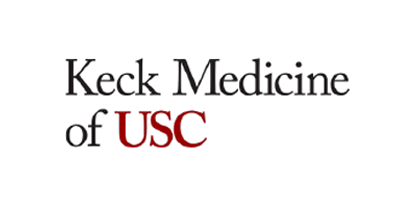


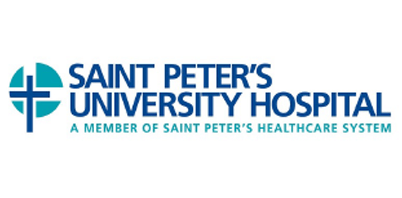
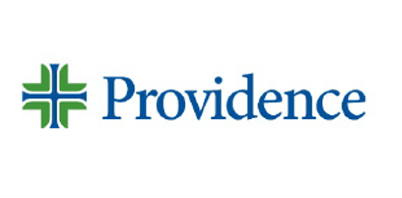



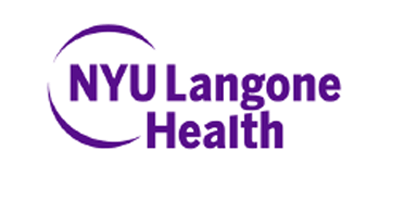
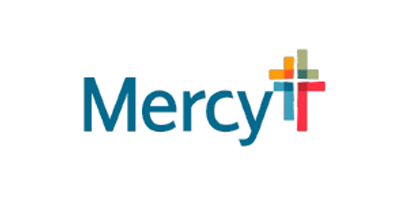

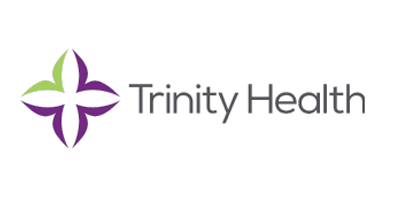





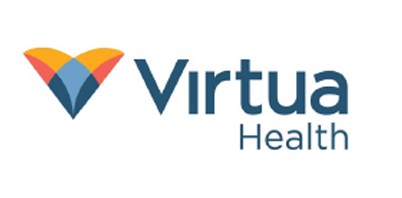
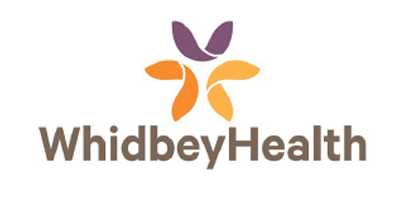
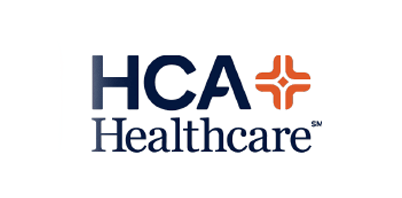





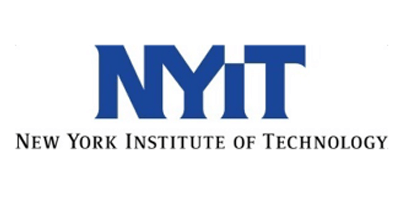
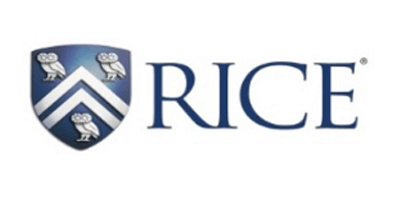

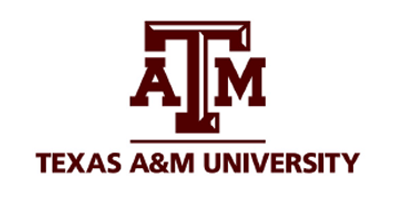
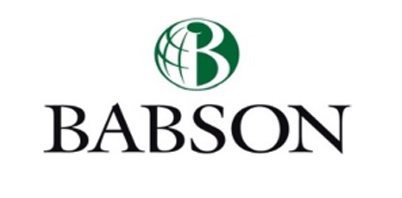


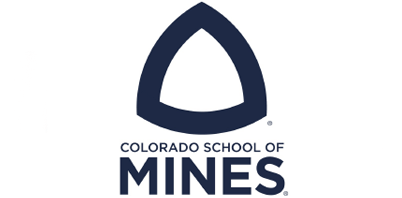


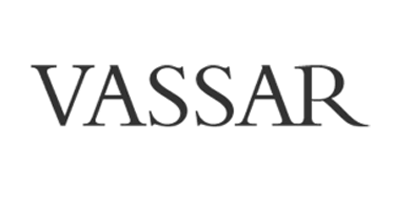









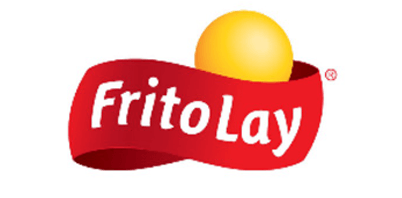
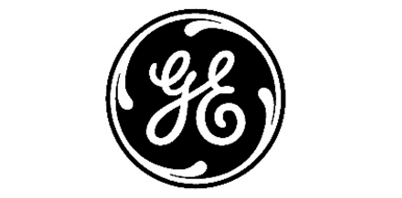

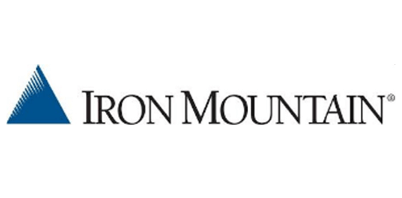
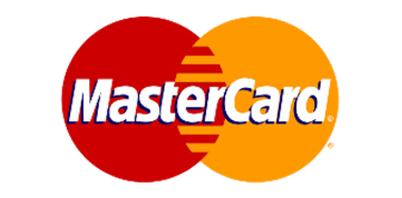

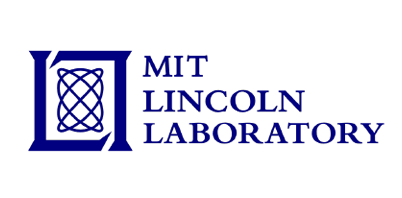


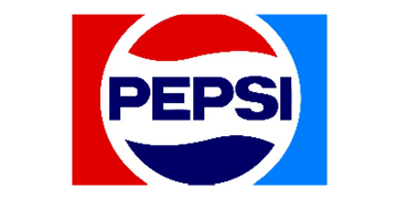




white paper
Parlance Corporation
400 West Cummings Park, Suite 2000
Woburn, MA 01801
CONNECT WITH US
Phone: 888-700-6263
Support: customerservice@parlancecorp.com
Sales: sales@parlancecorp.com
SOLUTIONS
INDUSTRIES
RESOURCES
ABOUT US
CONNECT WITH US
Phone: 888-700-6263
Support: customerservice@parlancecorp.com
Sales: sales@parlancecorp.com

